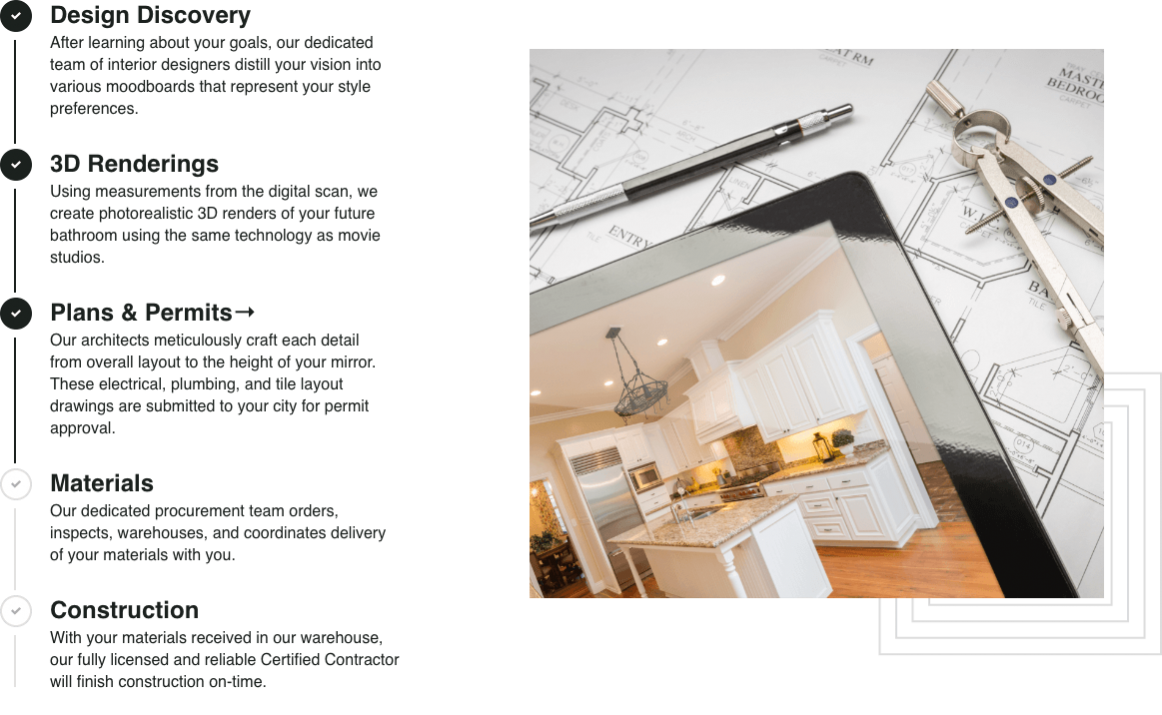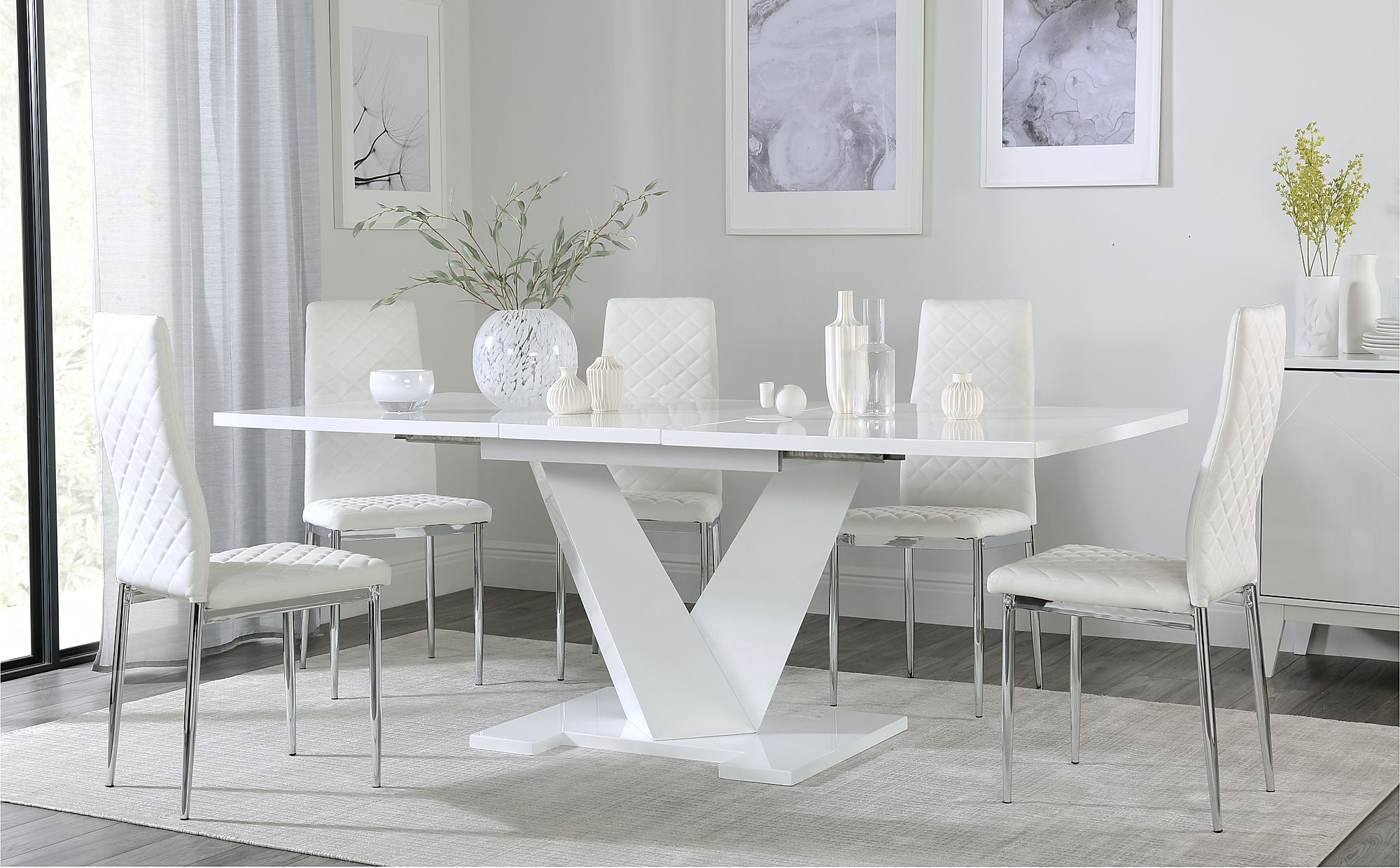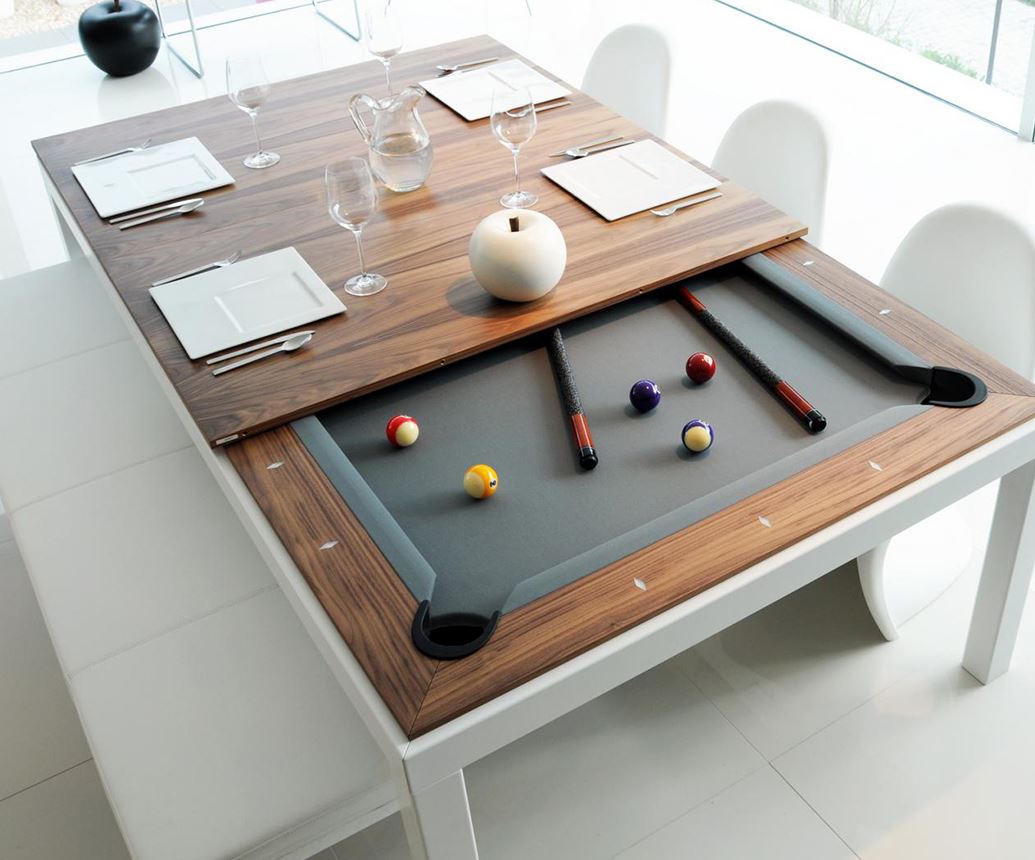When planning a balanced kitchen design, the first and foremost principle to consider is creating a functional layout. This means creating an efficient space and making an effort to maintain harmony between the major kitchen work centers, i.e., food purchasing and storage (the refrigerator, the pantry etc.), preparation, and cleanup. A good kitchen layout should also factor in ergonomics to make the kitchen a comfortable and effective workspace. It is essential to create a kitchen that’s comfortable to work in with sufficient counter space to accommodate all the tasks that need to be done. Additionally, the space should accommodate all the necessary appliances suited to serve your needs.Create a Functional Layout
Adding visual interest to the kitchen with accessories is another basic principle of designing a balanced kitchen. Accessories such as artwork, rugs, kitchen accessories, decorative vases etc. can add color, texture and visual appeal to the space. A little bit of creativity can go a long way in transforming a bland kitchen into an interesting and dynamic space. Additionally, art works can be used to fill empty walls and corners and break up the monotony.Add Visual Interest
One important principle for maintaining a balanced kitchen design is to use a triangle work station. This involves positioning the primary work centers of the kitchen – the sink, stove, and refrigerator – in a triangular shape, so that they are easily reachable from any point in the kitchen. This setup creates a better workflow in the kitchen and helps make kitchen tasks easier. Use a Triangle Work Station
Another important design principle of a balanced kitchen is to incorporate adequate and easily accessible storage solutions, so that pans, utensils, and other kitchen items are easy to find. Smart storage solutions such as kitchen cabinets, drawers, and hidden corner cubbies can help make the most of small kitchen spaces, and can be organized in various ways to maximize efficiency and storage. Install Smart Storage
When creating a balanced kitchen, it is essential to use high-quality and long-lasting materials. This means selecting materials that not only possess excellent durability, but also have the ability to withstand the wear and tear of daily usage. Stone and wood are two excellent materials to use in the kitchen, as they are strong, attractive, and easy to maintain. Additionally, opting for materials with antibacterial properties ensures better hygiene in the kitchen.Choose Durable and Quality Materials
In order to keep up with ever-changing trends, it is important to plan for flexibility in design. This means setting up your kitchen with the ability to easily accommodate further changes and additions to the overall design. This could include things like additional cabinets or countertops or adding an island if space permits. Allow for Flexibility in Design
Technology can be used to expand the capabilities of the kitchen while creating a balanced design. This could involve the integration of energy-saving appliances, such as a refrigerator that tracks the items stored inside, or a digital thermometer that alerts you when food is done cooking. Other kitchen technology may include automated lighting or voice controlled gadgets. Integrate Technology
Adding a kitchen island can be a great way to create a more balanced kitchen design. This extra workspace can help to maximize the available space and create interesting visual appeal. It can also double up as additional storage space and a place for the family to gather round for meals or drinks. When deciding on the size of the island, be sure to take into account the functions that need to be incorporated and the size of the space.Add a Kitchen Island
It is important to plan for the right appliances in your kitchen, in order to ensure it is balanced in its design. This means understanding your needs, space restrictions and future plans, and selecting appliances that perfectly suit them all. It is recommended to purchase quality products from reputable and reliable brands, as these will usually last longer and are often more energy-efficient.Include the Appropriate Appliances
In order to create a well-balanced kitchen design, it is essential to incorporate appropriate lighting into the space. This means incorporating both general and task lighting that can be used to highlight certain areas and create ambience. This can include recessed lighting, pendant lights, and under-cabinet lighting. Selecting the right lights not only ensures proper visibility and visibility for tasks such as cooking and dining, it also helps to enhance the visual appeal of the kitchen.Include Adequate Lighting
Creating a Balanced and Focal Point in Kitchen Design
 It is essential for every kitchen design to have a
balanced
layout and a
focal point
that serves as a centerpiece. This helps create a comfortable, visually pleasing and cohesive atmosphere in the kitchen space. Here are some tips on how to achieve the perfect balance and focal point in
kitchen design
.
It is essential for every kitchen design to have a
balanced
layout and a
focal point
that serves as a centerpiece. This helps create a comfortable, visually pleasing and cohesive atmosphere in the kitchen space. Here are some tips on how to achieve the perfect balance and focal point in
kitchen design
.
Utilizing Layout Tricks for Balance
 Using the right layout and shape can create a balanced look for your kitchen. Aim to
divide the room
into three sections – storage, cooking and dining. This helps provide efficient workflow and even out any free space. Additionally, you can play with the layout by switching kitchen elements and elements of other rooms for a different look.
Using the right layout and shape can create a balanced look for your kitchen. Aim to
divide the room
into three sections – storage, cooking and dining. This helps provide efficient workflow and even out any free space. Additionally, you can play with the layout by switching kitchen elements and elements of other rooms for a different look.
Using Color to Bring Balance
 Colors are one of the most powerful ways you can evoke emotion in any room, including the kitchen. Using colors strategically can help create a
balanced kitchen design
. Choose a muted color for the background and a
bold color for the cabinets
, furnishings or accessories. When adding colors to your kitchen, consider the hues that you wish to create –open or enclosed, warm or cold, inviting or bright.
Colors are one of the most powerful ways you can evoke emotion in any room, including the kitchen. Using colors strategically can help create a
balanced kitchen design
. Choose a muted color for the background and a
bold color for the cabinets
, furnishings or accessories. When adding colors to your kitchen, consider the hues that you wish to create –open or enclosed, warm or cold, inviting or bright.
Creating a Focal Point in the Kitchen
 Creating a focal point is important in
kitchen design
. This could be a bright-colored island, an overhead shelving unit or an eye-catching centerpiece. Whatever you choose, this should be the most remarkable feature in your kitchen. A focal point helps pull the eye and give the kitchen personality, which is essential in achieving a
balanced
and interesting space.
Creating a focal point is important in
kitchen design
. This could be a bright-colored island, an overhead shelving unit or an eye-catching centerpiece. Whatever you choose, this should be the most remarkable feature in your kitchen. A focal point helps pull the eye and give the kitchen personality, which is essential in achieving a
balanced
and interesting space.
































































































